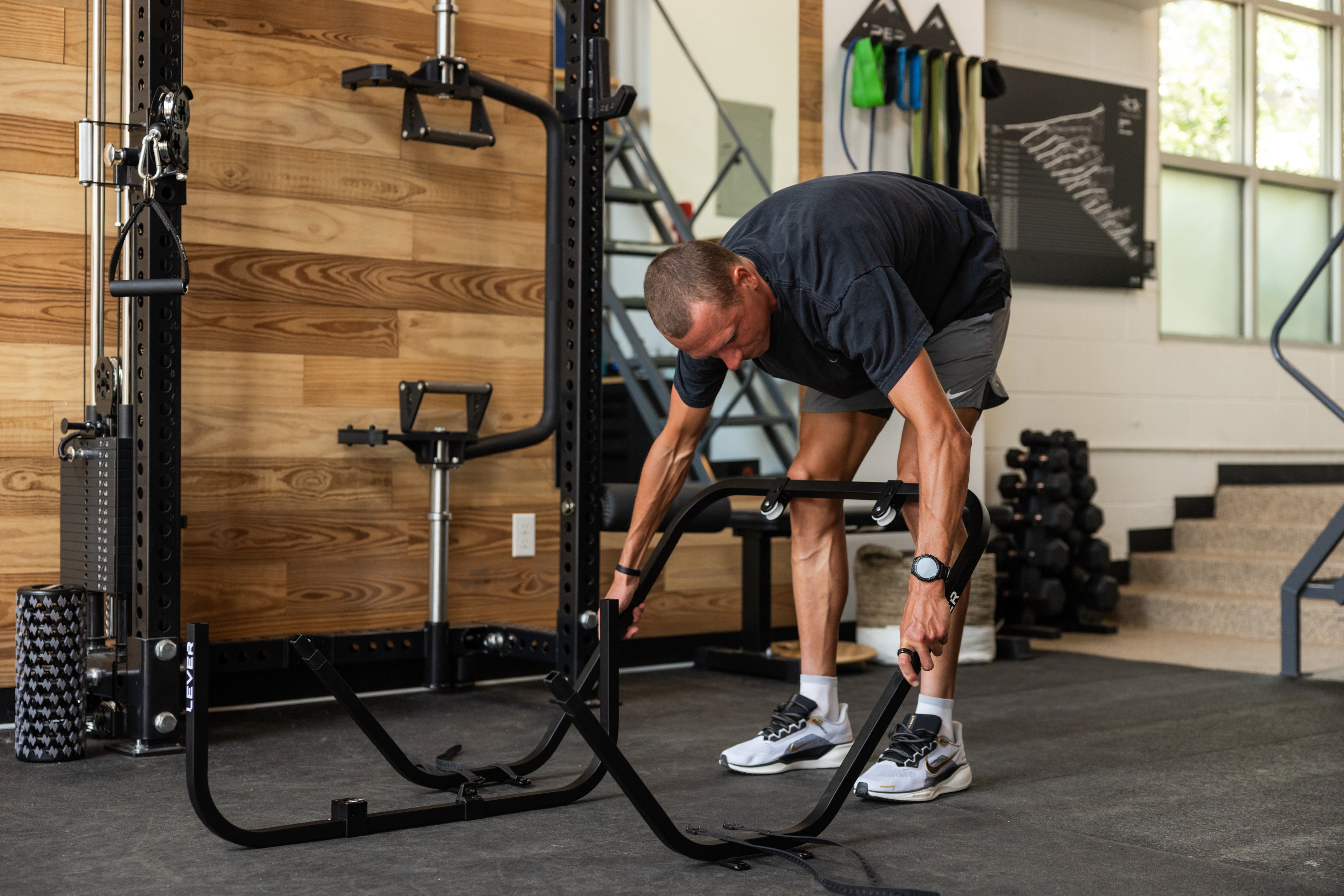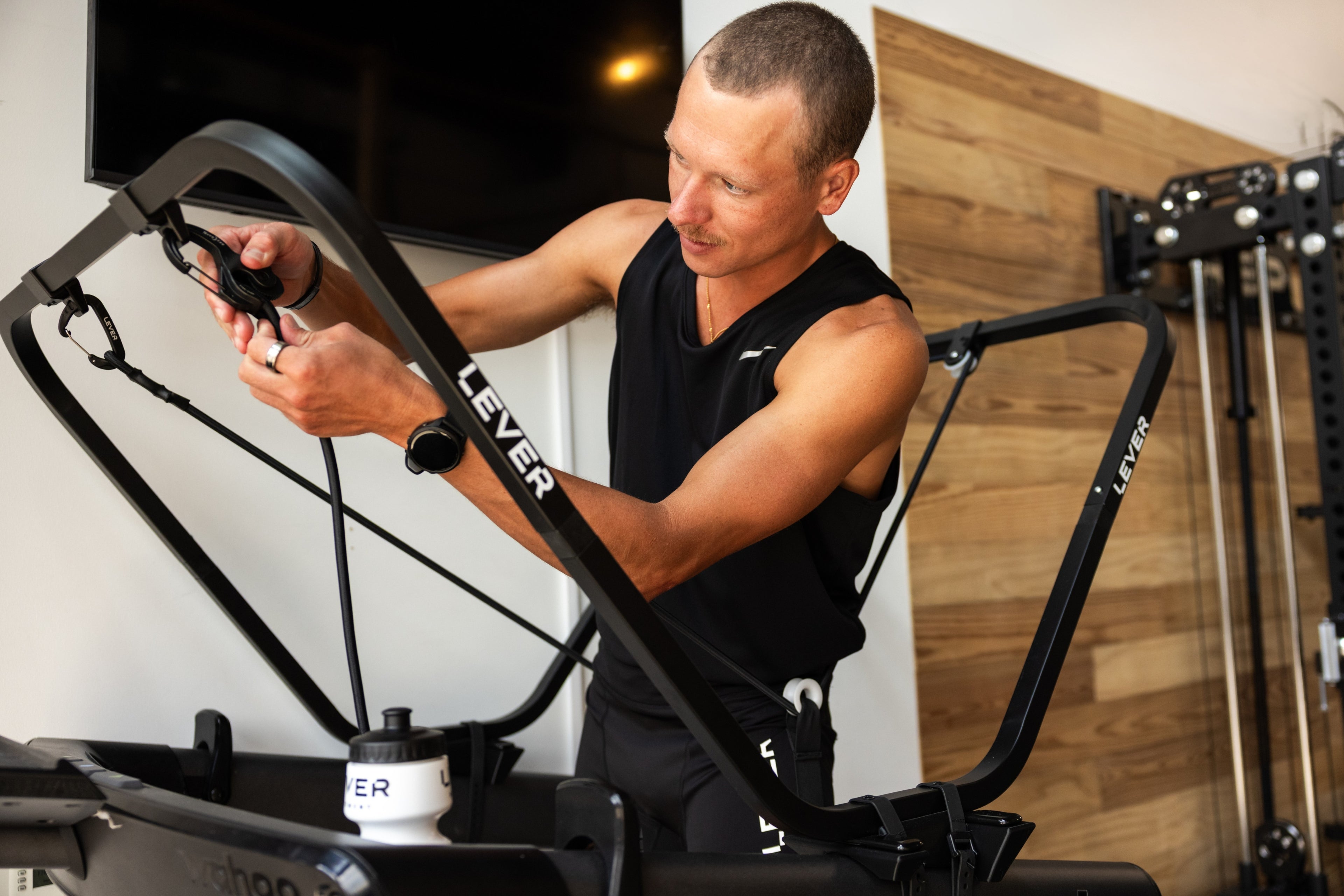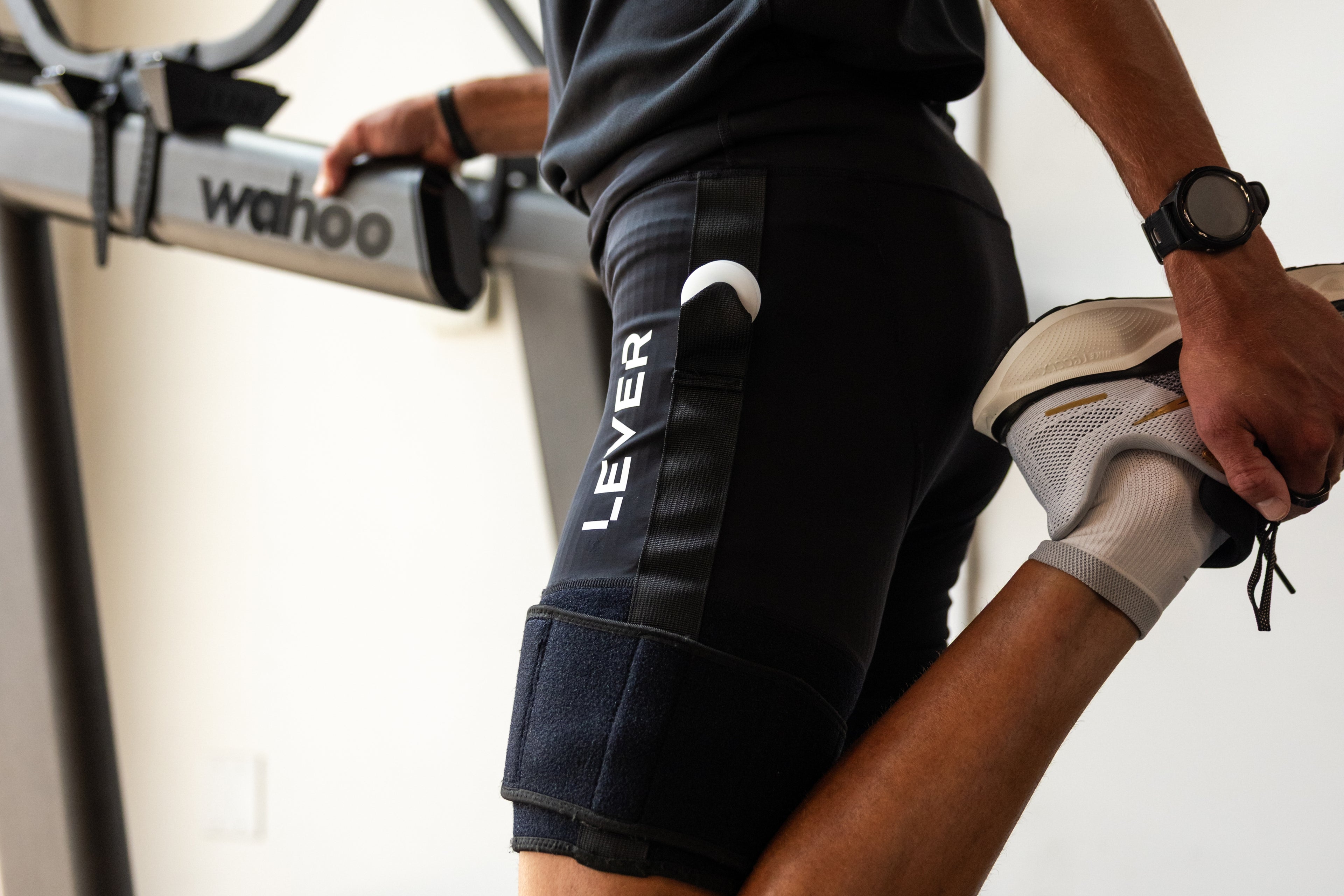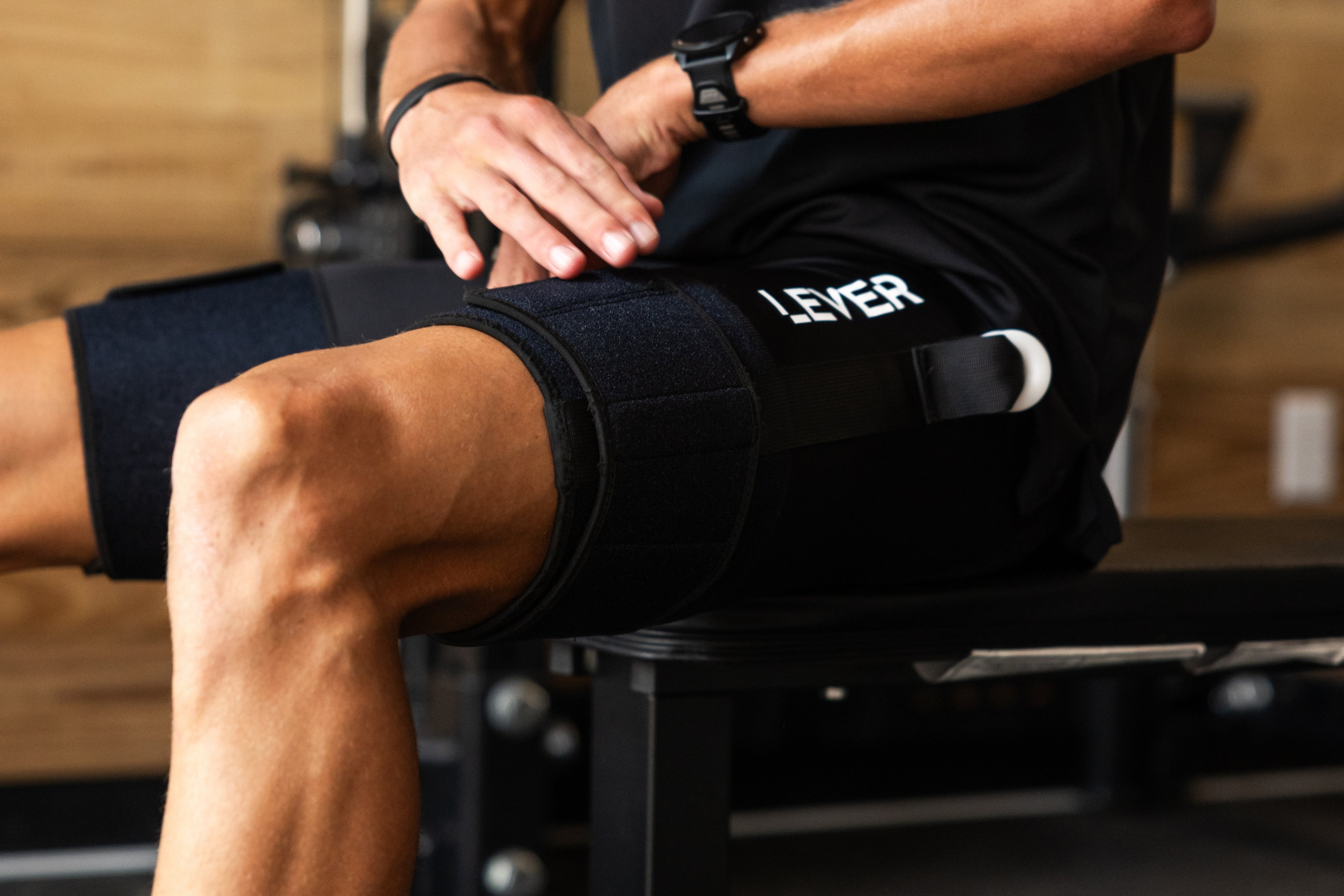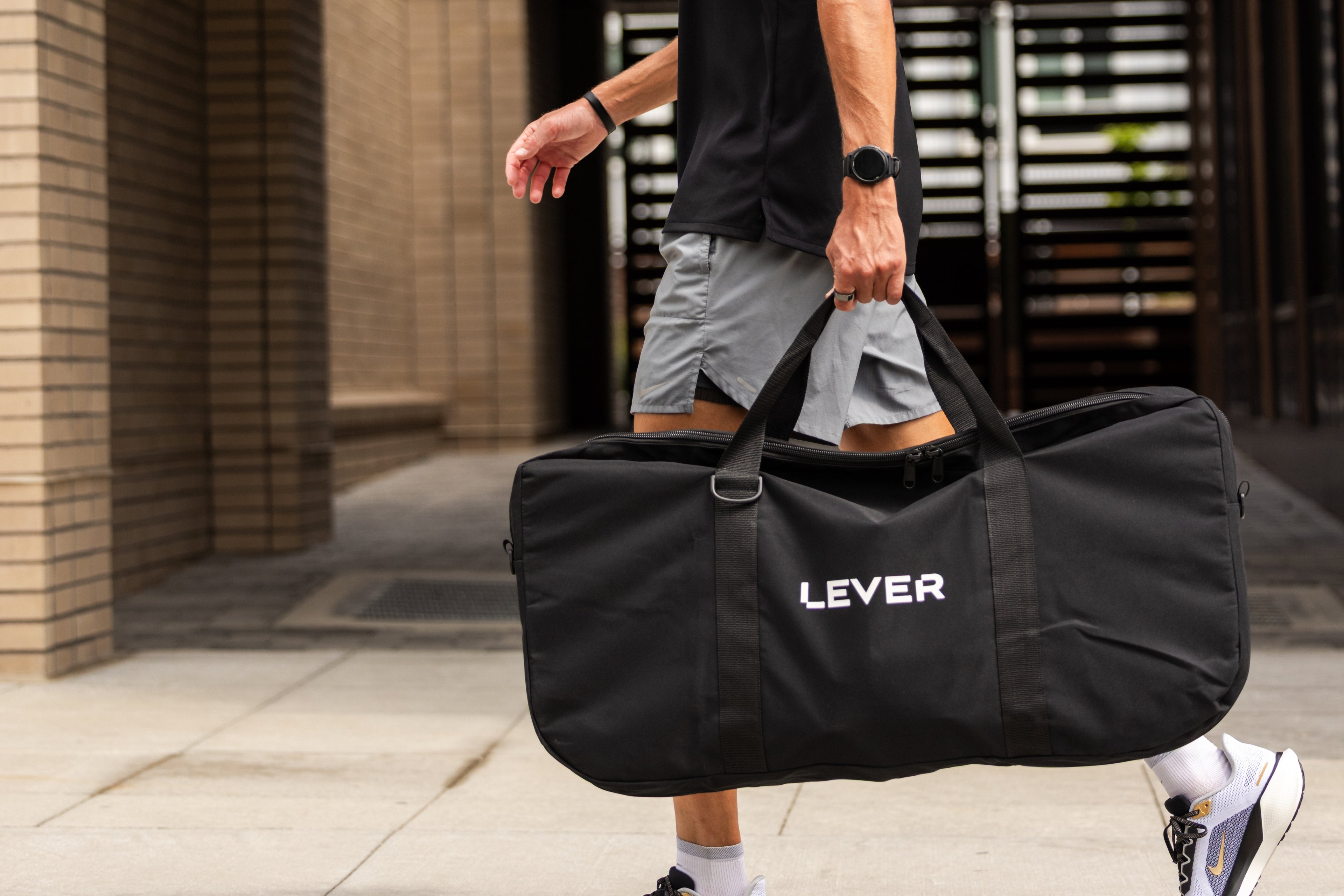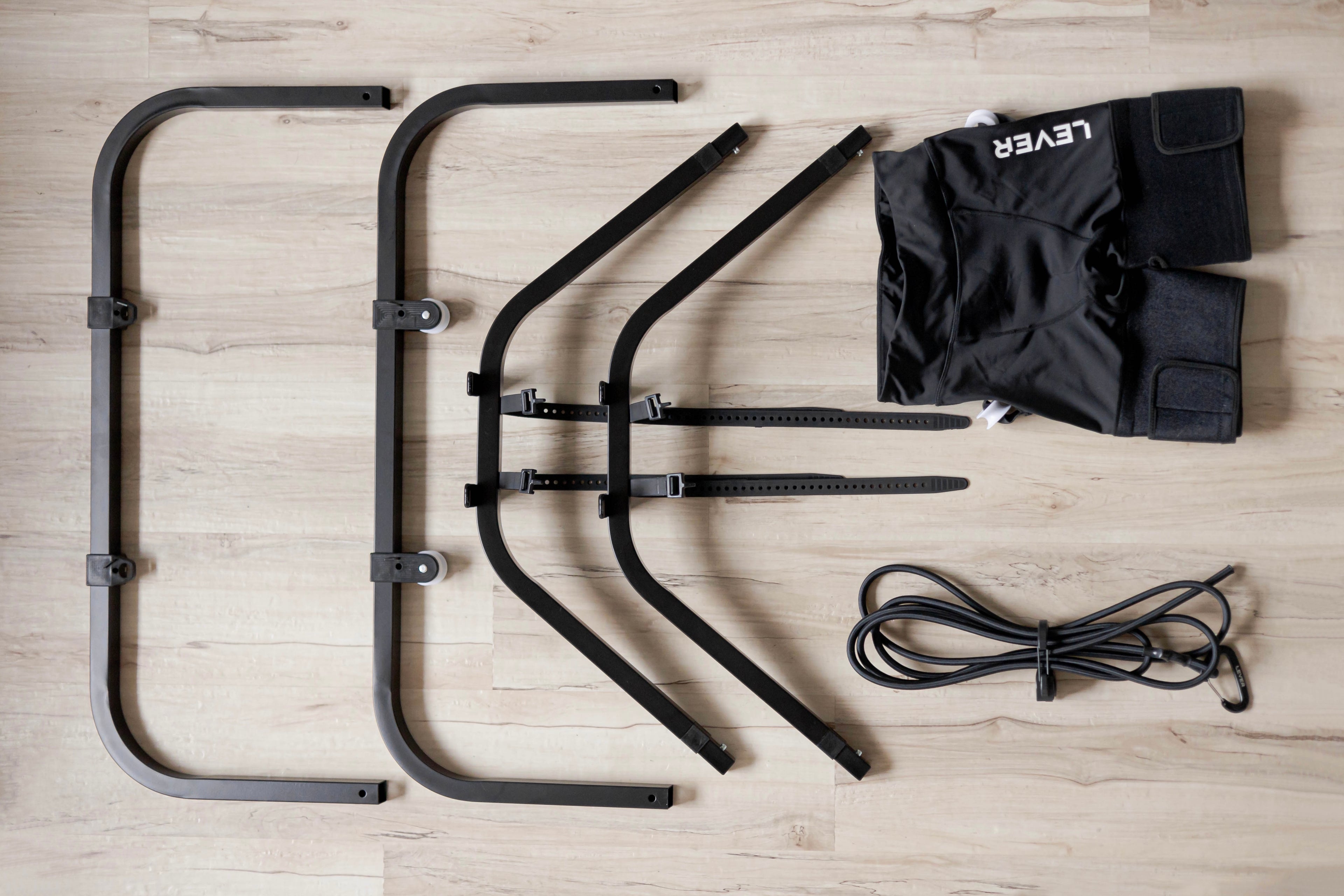The start of a new year is the perfect opportunity to reflect, reset, and refocus on your running goals. Whether you’re aiming for your first race, a PR, or an injury-free season, success lies in smarter training and recovery.
Here’s how to avoid common running mistakes and set yourself up for long-term progress with LEVER by your side:
1. Overtraining Without Proper Recovery
Pushing through fatigue or increasing mileage too quickly often leads to setbacks like burnout or overuse injuries. Recovery is where true progress happens.
💡 How LEVER Helps:
- Use recovery runs with the LEVER system to reduce impact while staying active, allowing your muscles to repair without added strain.
- Pair recovery runs with compression boots or foam rolling for optimal muscle repair and circulation.
2. Neglecting Strength and Mobility Work
Building strength and maintaining mobility are essential for improving performance and preventing injuries. Yet many runners focus solely on the miles.
💡 Why It Matters:
- Strengthening key muscle groups, like your core and glutes, reduces the risk of overuse injuries.
- Mobility exercises enhance your stride efficiency, helping you run faster and farther with less effort.
Pro Tip: Incorporate two 20-minute strength sessions each week with exercises like squats, lunges, and planks.

3. Skipping Recovery Tools
Recovery tools aren’t just luxuries—they’re essential for maintaining consistency and preventing injuries.
💡 The LEVER Difference:
- Body weight support allows you to ease back into running post-injury or after high-intensity sessions, minimizing impact on your joints.
- Compression boots and foam rolling enhance recovery by improving circulation and reducing muscle tension.
4. Underestimating Nutrition and Hydration
Your body needs fuel to perform and recover, yet nutrition is often overlooked in running plans.
💡 Quick Tips:
- Refuel within 30 minutes of a run with a mix of protein and carbs to repair muscles and replenish energy stores.
- Stay hydrated consistently, especially on days with high mileage or intense workouts.

Educational Bonus:
Why Low-Impact Training Should Be Part of Your Plan
Studies show that reducing impact during running can lower joint stress by up to 20%, making it a game-changer for injury prevention and recovery. By incorporating low-impact sessions with LEVER, you can safely increase mileage while protecting your body for the long haul.












